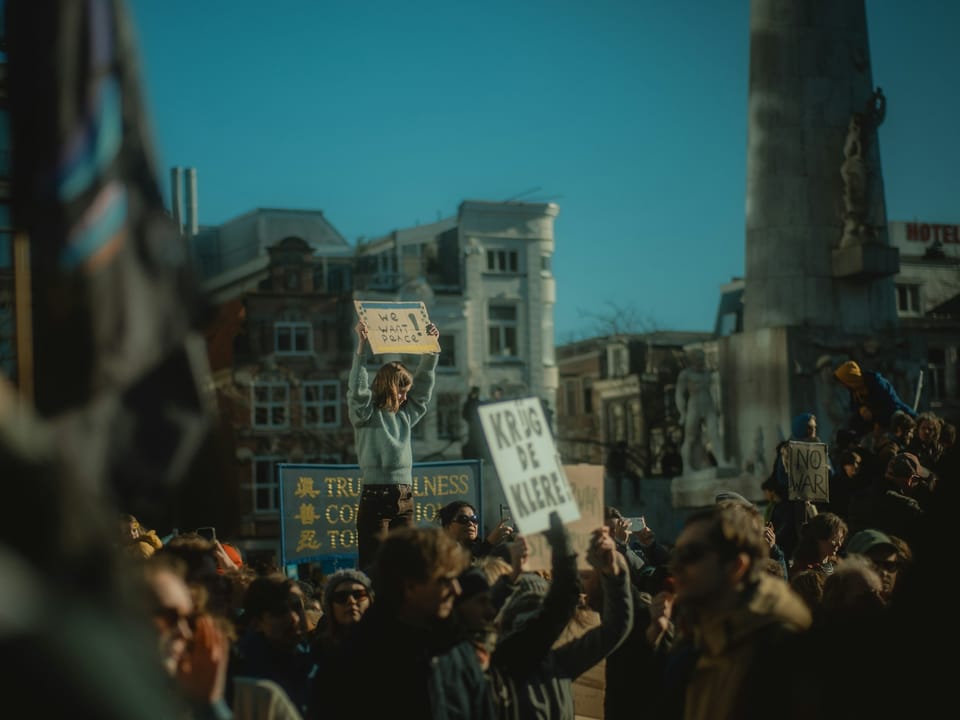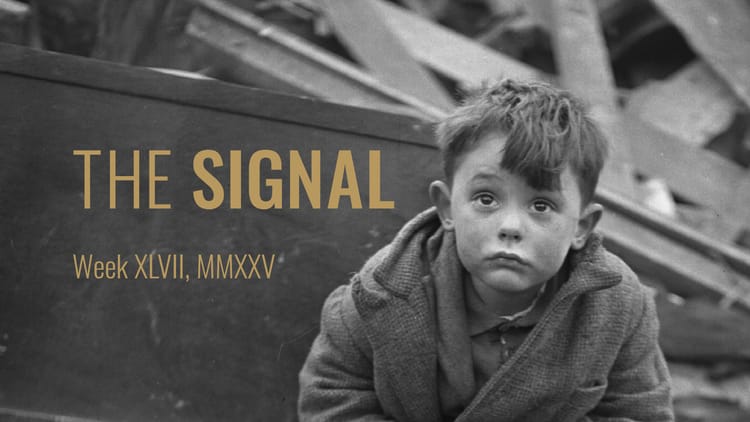War and peace

On the evening of Saturday, June 21, when the United States followed Israeli attacks against Iran’s nuclear capabilities and military leadership, striking three key nuclear sites—at Fordow, Natanz, and Isfahan—virtually right away, you could see the event starting to refract very differently across American media. The Washington Post led their site with the headline, “U.S. warplanes strike nuclear sites in Iran.” At The New York Times, it was, “U.S. Enters War With Iran.” The Atlantic, “American Democracy Might Not Survive a War With Iran.” Now, with a cease-fire holding after 12 days of heavy conflict, it’s hard to say any of them are false—but the contrasts in the narrative framing are striking. Our thought for the week: When something happens, and we have to turn to reporting to begin to understand it, let’s look for specificity, doubt storylines, and ask good questions. Stay quick out there.
—John Jamesen Gould
The Signal—your loyal guide to a changing world. … The member’s despatch—your weekly briefing on global events, new books, new music, and more. … The weather report: 37.8815° N, 75.4374° W …

Developments
The world in brief, June 21-27
Israel-Iran—the aftermath
A U.S.- and Qatar-brokered ceasefire between the two countries began on Tuesday and held throughout the week. The conflict lasted for 12 days, after Israel struck Iran with the goal of destroying its nuclear program and killing Iranian military leaders and key nuclear scientists. The U.S. joined Israel in the campaign on June 21 with strikes on the underground Fordow nuclear facility.





